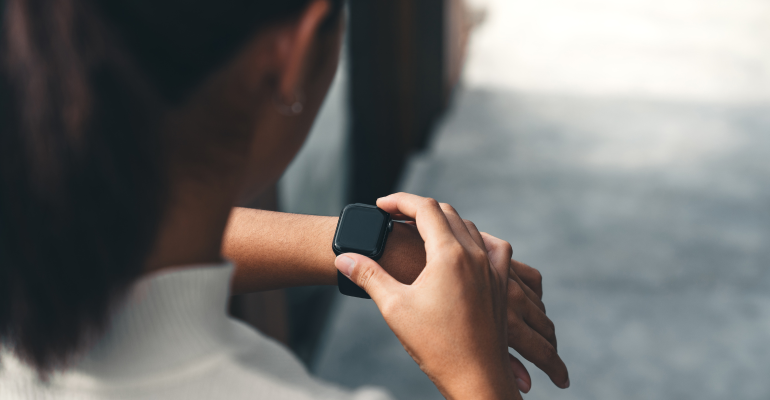The last five years have seen an increase in digital wellness wearables that can collect data in real time and reveal the physical and chemical properties of the body to evaluate wellness.
Wearables are small electronic devices that, when placed on your body, can help measure temperature, blood pressure, blood oxygen, breathing rate, sound, GPS location, elevation, physical movement, changes in direction, and the electrical activity of the heart, muscles, brain, and skin. Wearables include smart watches, smart bracelets, smart glasses, smart belts, smart shirts and pants and even smart shoes. In the recent years, their role has evolved from being trendy gadgets to an integral part of healthcare.
Dr. Sameer Arora, General Practitioner at Life Medical Centre, Discovery Gardens said: “Today these wearables provide physicians and patients with critical and informative data about patient health, enabling efficient decision making and real time monitoring, instead of relying on memory or word.
“These gadgets are particularly helpful when the physician wants to closely monitor chronic diseases like diabetes, atrial fibrillation, blood pressure or sleep patterns.”

Dr. Sameer Arora, General Practitioner, Life Medical Centre
Explaining the role of atrial fibrillation devices, Dr. Arora said that many patient testimonials showed that the EKG feature of their Apple watch prompted them to seek urgent medical help. “Not only those people received early diagnosis and medical treatment for potentially fatal events, but many such lives were saved.”
Likewise, insulin pumps are small programmable wearables that can be embedded under patients’ skin. “These devices continuously monitor and record patients’ blood sugar levels and accurately deliver insulin directly into the blood. The data can be synced over patients’ mobile phone and shared with his/her physician over the cloud,” said Dr. Arora.
He also said that ‘fall detection’ is yet another great feature of smart watches. “It can alert paramedics through centralised data integration and activate an ERT (emergency response team) to dispatch an ambulance that can save a life,” he added.
However, standardisation of data remains a major challenge with wearables, which raises questions about accuracy and reliability of wearables. “With a colossal amount of wearables available in the market, each manufacturer uses their own software, algorithms, parameters and AI integration. Syncing data across various platforms or across different healthcare organisations is yet another practical challenge. Needless to say, the data security and privacy remain as concerns to this day,” explained Dr. Arora.
Going forward, as wearables become more affordable and technology continues to evolve, the future of medical wearables is bright. “HIT (Health Information Technology) is a fast-emerging sector which aims to resolve the challenges surrounding wearables by collecting data, evaluating and analysing it, creating benchmarks against guidelines and then integrating it into EHRs (Electronic Health Records). Physicians can then leverage the information obtained from these wearables to draw accurate conclusions about a patient’s condition,” concluded Dr. Arora.


